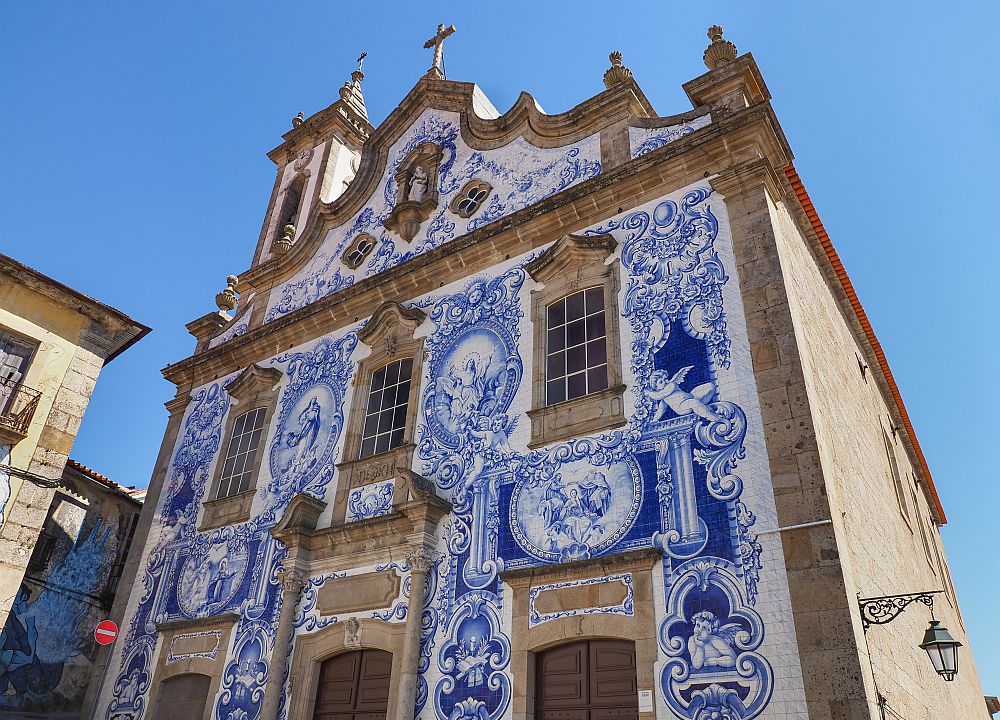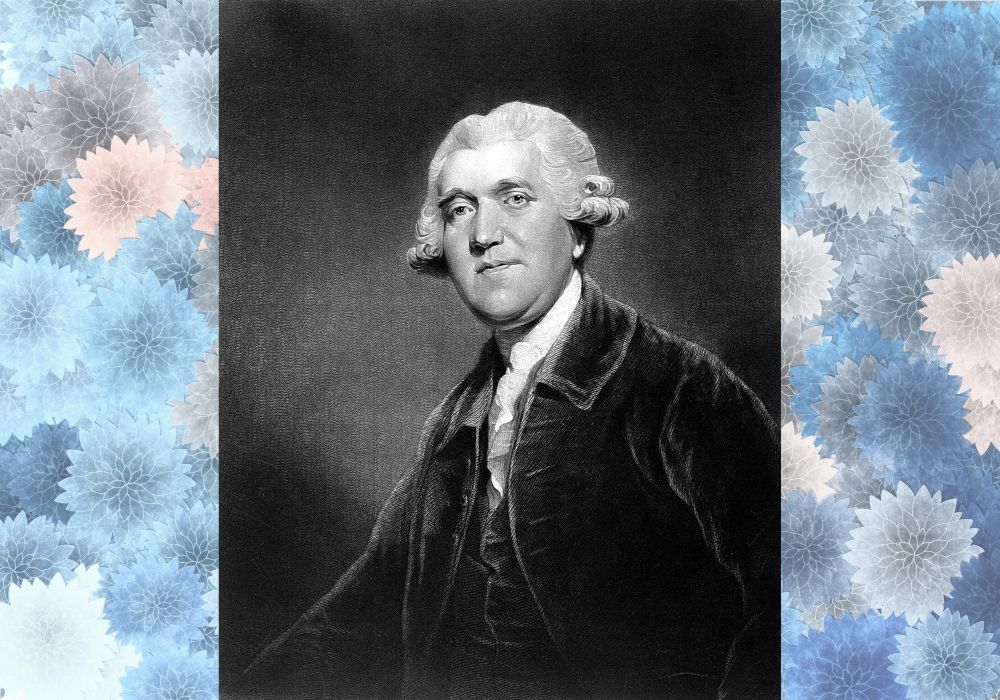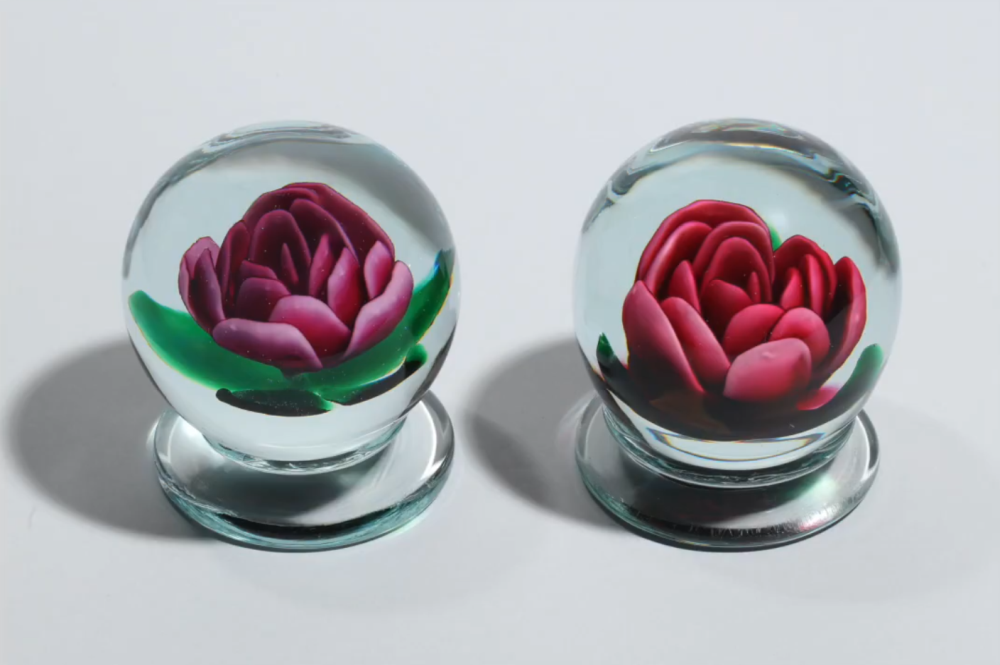
[Image above] Example of a ceramic vase created by Pablo Picasso. Credit: Larry Koester, Flickr (CC BY 2.0)
Pablo Picasso is arguably one of the most transformative artists of the 20th century. His evolving style over his almost 80-year career is a hallmark of his art.
Although Picasso is most well known for his work as an abstract painter, he involved himself in many other artistic disciplines as well, including sculpting, poetry, and stage design. These activities show how Picasso successfully maintained his creativity throughout his life, which not every adult manages to do, as Picasso once acknowledged by famously saying, “Every child is an artist. The problem is how to remain an artist once we grow up.”
Among his various artistic pursuits, Picasso’s work with ceramics has been described as a “poem, [created] through his playful meditations on the mineral world and its transformation through fire.”
This CTT looks at Picasso’s ceramic body of work and discusses what it means in the larger context of his art and impact on the world.
Historical context of Picasso’s ceramic art
In 1946, just after the trauma of World War II and when Picasso had already been an artist for more than 50 years, he became fascinated with ceramics. On a vacation to the south of France, Picasso saw a pottery exhibit in Vallauris. The area surrounding Vallauris has been a center of ceramic production since Roman times. The ceramic artists there are intimately familiar with the physical properties of the local clay. However, by the time of Picasso’s first visit, the village had been through an economic downturn from which it had yet to recover.
Picasso was invited to visit the Madoura pottery studio by the owners, Suzanne and Georges Ramié. The Ramiés encouraged Picasso to make some pieces of his own. This experience began a productive 24-year collaboration between Picasso and the Madoura studio.
Picasso’s ceramic materials and methods
There were several aspects of ceramic art that drew Picasso to the medium. Clay presented the opportunity to work in three dimensions, which was not easy with paint and canvas. Picasso enjoyed the range of possibilities that mixing slip casting and glazes presented. You can never be sure what the finished product will look like after its firing. This uncertainty intrigued Picasso.
Another appeal of working in ceramics was the reproducibility inherent in the process. Creating a mold meant that many editions could be produced of the same design. In the lean economic years after World War II, Picasso was acutely aware that his paintings and sculptures were unavailable to ordinary citizens. His pottery, however, could end up in almost anyone’s home.
Picasso produced more than 600 editions of vases, plates, pitchers, and plaques during this collaboration with the Ramiés, which were manufactured in runs ranging from 25 to 500 pieces. Altogether, he created more than 4,000 unique pieces of pottery. All the pieces were made of earthenware. Most were done in the local red terracotta, but some of the plaques were made of white earthenware.
Occasionally, Picasso would take ceramic forms designed by Suzanne Ramié or objects thrown by the master thrower Jules Agard and make them something else with his embellishments and decorations. Some of these ceramic forms were based on ancient models of female figures, bringing traditional connections into the present. Picasso played with the form and the empty space of vessels to make them unique.
Signature styles and themes of Picasso’s ceramics
Picasso’s ceramic works had prominent recurring themes: animals, human figures (often women), and bull fighting, among others. Some are common themes in Spanish folk pottery, a familiar medium for Picasso, who was born in the Andalucia region of Spain.
Picasso liked to experiment with taking a basic ceramic form and changing it into different shapes through inventive decoration. For example, decorating pitchers to look like women’s heads, such as here or here. He also enjoyed using glaze to transform the same form into different objects, such as this woman’s face that uses the same form as an owl.
Picasso also used the concept of negative space when sculpting ceramics. Two stunning examples of Picasso’s ceramics shaped using negative space include the Bourrache Provençale (1952) and the Pitcher with Open Vase (1954).
Picasso’s grasp of the positive and negative space inherent in pottery forms “set him squarely apart not only from his fine-art colleagues but also from the traditional approach to pottery making,” according to Montréal ceramist Léopold L. Foulem. In a lecture, Foulem argues that Picasso’s use of negative space was his most lasting contribution to contemporary ceramic art. Examples of contemporary artists who use this technique are Greg Payce and Simone Bodmer-Turner.
Of course, Picasso’s signature abstract style is a hallmark of his ceramics, too.
Picasso’s ceramic legacy
Contemporary adoption and modification of Picasso’s ceramic artistry techniques continues in Spanish folk pottery, with its asymmetrical shapes and colorful glazes. The modern folk pottery of Provence, the wider region around Vallauris in France, also harmonizes with the works of Picasso, reflected in the animal and human figures that are common thematic elements.
Although the growing recognition of Picasso’s ceramics as collectible art places them outside the grasp of most consumers, there are countless ceramic artists who work to bring the same sense of playfulness to everyday objects. Search out your local ceramic studios and discover some of those artists for yourself!
Author
Becky Stewart
CTT Categories
- Art & Archaeology


